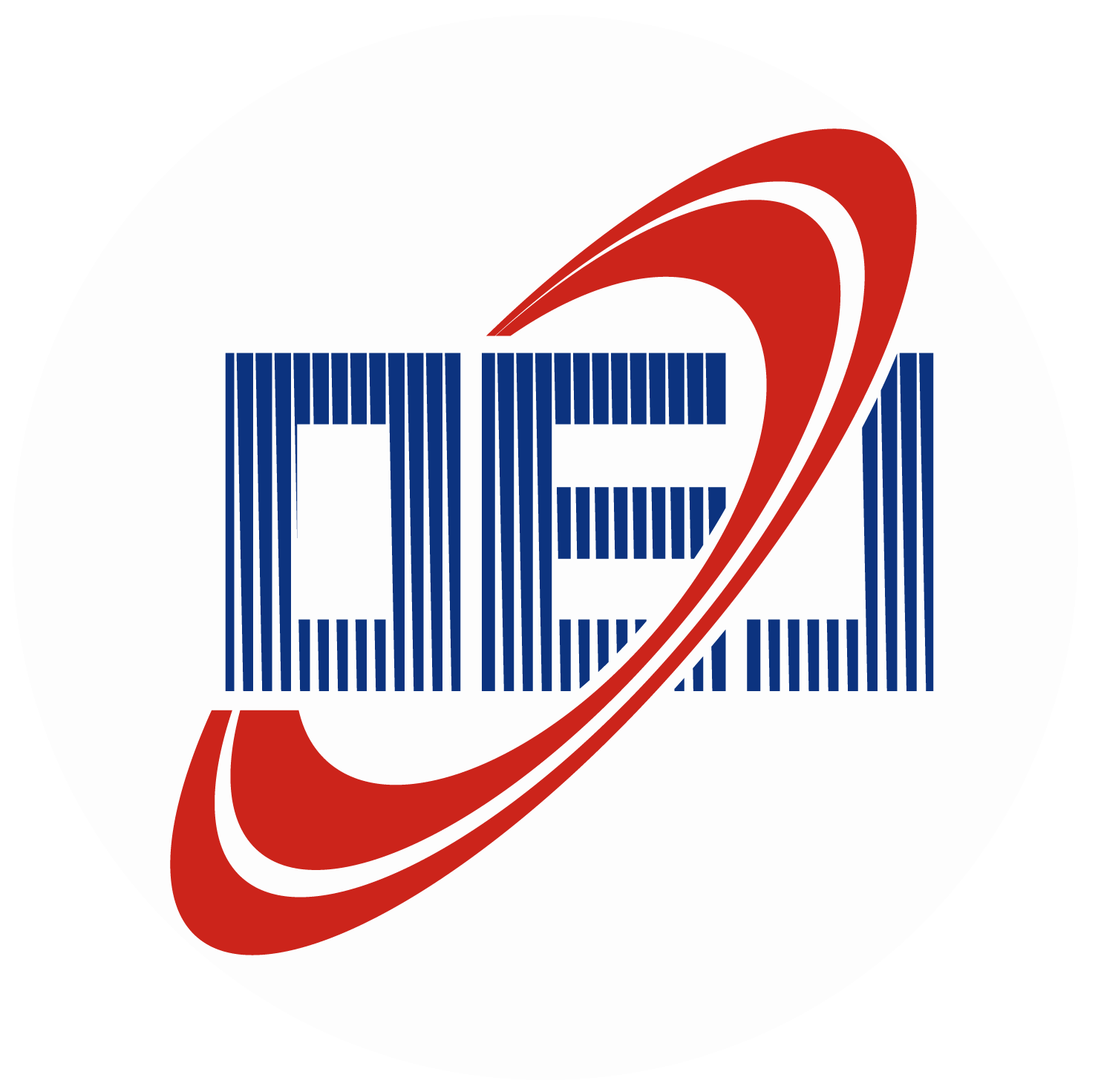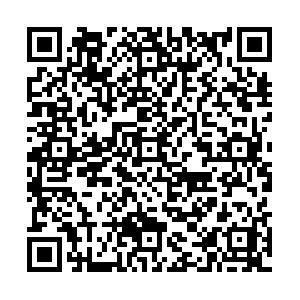Abstract:
Bone tissue is a heterogeneous material with a complex structure. Large cracks are prone to propagate into the bone prolonging postoperative recovery. A pulsed laser is used to cut the bone tissue, and a heterogeneous structure bone model related to the direction of the osteon is established. The stress intensity factors in the directions transverse, parallel, and across to the osteon are 2.70, 2.03, and 1.94 MPa·m
0.5, respectively. The surface roughness in the directions transverse, parallel, and across to the osteon are 10.14, 7.12, and 6.98 μm, respectively. The stress intensity factor and roughness of the laser surface cut in the direction transverse to the osteons are higher compared with the parallel and across directions. The value of stress intensity factor, surface roughness and the crack propagation patterns are similar when the laser cutting direction is parallel and across to the osteons. Results show that the laser cutting only needs to consider two characteristic directions, i.e., the directions perpendicular and parallel to the osteon. The roughness of laser-cut surfaces in the directions, perpendicular, parallel, and across to the osteon is lower than that of mechanical-cut surface, indicating that laser cutting is more conducive to postoperative bone healing.


 E-mail Alert
E-mail Alert RSS
RSS


